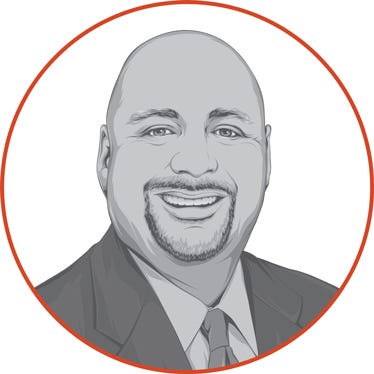
As harvest 2019 goes into the books and fall field work finishes up, it’s time to start moving into a different frame of mind – from operational to planning. I believe such a mental shift within the leader is critical for the farm’s success.
Along with planning comes a whole host of business meetings this winter – with input dealers, suppliers, equipment dealers, accountants, advisors and, of course, the farm’s lenders.
Anxiety or uncertainty can crop up when it’s time for winter meetings with bankers. But ultimately, when you understand what the banker is really looking for, and take time to plan beforehand to give them what they need from you, some of that uncertainty can be relieved.
Paint the picture
The first step is getting a clear picture for yourself of your farm’s current financial situation. Maybe it’s good, bad, or even downright ugly – but you’ll never know unless you dive in for a detailed look. It may not be as bad as you think.
Make sure you work with an advisor who can help you review the kinds of ratios and metrics your banker will want to see. Meet or talk with your advisor ahead of time to understand how your banker will interpret your numbers, and how you can prepare to “tell the farm’s story” about what’s going on with your financials.
The key here is being open with your banker about your current situation – and having a plan ready to share with them about how you’re working to get any numbers that may be off track at this time, back on track.
The more detailed your plan and the more readily you’re able to explain it, the better. You can rehearse this with your advisor beforehand to get feedback and to practice answering the types of questions the banker may have for you afterward.
Show up business-savvy
Bankers ultimately want to work with farmer clients who are business-savvy and run their operations with a CEO mindset. This means having a clear plan for making your farm’s cost structure more efficient, as well as a grain marketing plan. They need to know you’re working both sides of the equation toward your farm’s success – through a focus on impacting costs and revenue.
Your marketing plan doesn’t need to detail precisely when and how you’re going to make each grain sale over the next 12 months. Your banker knows that’s not practical – and doesn’t provide the type of flexibility a good marketing plan needs.
You do need to figure out the types of realistic opportunities you’re going to take in the market – before they arise. That way, you’re better positioned to take action when it’s time.
On the other hand, if your grain marketing plan is too vague, you run the risk of your banker believing you’ll be hesitant to pull the trigger on sales. This can make them more nervous about your farm’s cash flow, and ultimately, your ability to pay them back.
Do you have a coach or advisor to help you get ready for banker meetings this winter? Get in touch with a market advisor to start putting solid marketing and financial plans in place for your operation now.
The opinions of the author are not necessarily those of Farm Futures or Farm Progress.
About the Author(s)
You May Also Like






